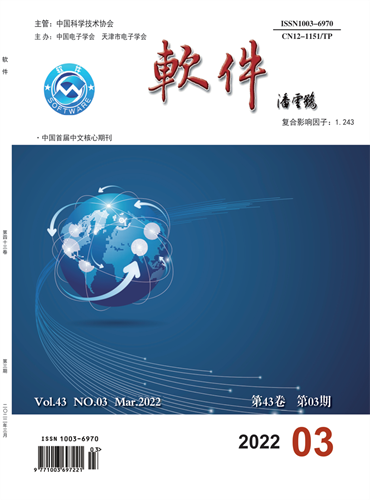Component-based systems development: challenges and lessons learned
引用次数: 47
Abstract
The continuing increase of interest in component based software engineering (CBSE) signifies the emergence of a new development trend within the software industry. Unlike preceding software engineering models, CBSE heavily relies on the utilization of commercial off-the-shelf (COTS) products as the underlying foundation for new product development. Its emphasis is on the identification, selection, evaluation, procurement, integration, and evaluation of reusable software components to provide complex integrated solutions at shorter development time and minimum cost. Compared to traditional development-centric software engineering approaches, CBSE promises a more efficient approach to the delivery of software solutions to the market. However, underestimating the technical risks associated with the selection, evaluation, and integration of these software components has often resulted in longer schedule delay, and higher development/maintenance cost, often experienced in integrated system development projects. The paper describes an experience at the Mitsubishi Consumer Electronics Engineering Center (CEEC) in implementing embedded Internet/Television systems using CBSE. It also describes the procurement-centric model used to support project planning and to guide the development process. The COTS based Integrated System Development (CISD) model identifies key engineering phases and their subphases that are often ignored, or merely implicit, in existing development-centric models. From the initial results of this project, the paper presents the various lessons learned at the CEEC in CBSE.基于组件的系统开发:挑战和经验教训
对基于组件的软件工程(CBSE)兴趣的持续增长标志着软件行业中出现了一种新的发展趋势。与之前的软件工程模型不同,CBSE严重依赖于商业现货(COTS)产品的利用,作为新产品开发的基础。它的重点是可重用软件组件的识别、选择、评估、采购、集成和评估,以更短的开发时间和最小的成本提供复杂的集成解决方案。与传统的以开发为中心的软件工程方法相比,CBSE保证了向市场交付软件解决方案的更有效的方法。然而,低估与这些软件组件的选择、评估和集成相关的技术风险通常会导致更长的进度延迟,以及更高的开发/维护成本,这在集成系统开发项目中经常出现。本文描述了三菱消费电子工程中心(CEEC)使用CBSE实现嵌入式互联网/电视系统的经验。它还描述了用于支持项目计划和指导开发过程的以采购为中心的模型。基于COTS的集成系统开发(CISD)模型确定了在现有的以开发为中心的模型中经常被忽略或仅仅是隐含的关键工程阶段及其子阶段。本文从项目的初步成果出发,介绍了中东欧国家在中欧经济合作框架下的经验教训。
本文章由计算机程序翻译,如有差异,请以英文原文为准。
求助全文
约1分钟内获得全文
求助全文
来源期刊
自引率
0.00%
发文量
11857
期刊介绍:
Computer engineering & Software, founded in 1979, is an academic journal of information technology sponsored by China Association for Science and Technology and China Institute of Electronics and Tianjin Institute of Electronics.
Computer engineering & Software has columns such as expert Forum, Fund project papers, software and database technology research, application technology and research, network and communication, image processing and application, multimedia technology application Artificial intelligence and recognition.
Computer engineering & Software is the source Journal of China Academic Periodical Comprehensive Evaluation Database, the Journal of China Core Periodical (Selection) Database, the source journal of Peking University's Chinese Core Periodical Overview (the first edition in 1992), the Journal of Wanfang data-Digital Periodical Group full-text Collection, the Journal of Chinese Science and Technology Periodical Database (full-text edition), and Wave Journals included in the "Copernicus Index" have been included in the United States "Cambridge Scientific Abstracts", the United States "Uhlig International Journal Guide", the JST Japan Science and Technology Promotion Agency database (2018) and other Chinese and foreign databases.

 求助内容:
求助内容: 应助结果提醒方式:
应助结果提醒方式:


